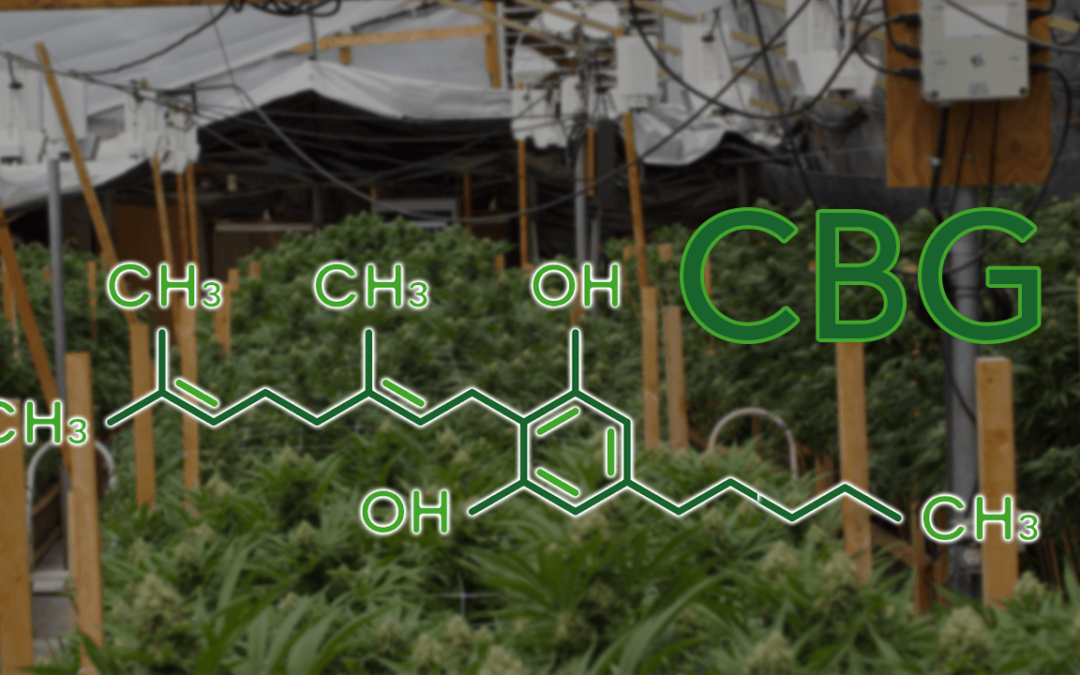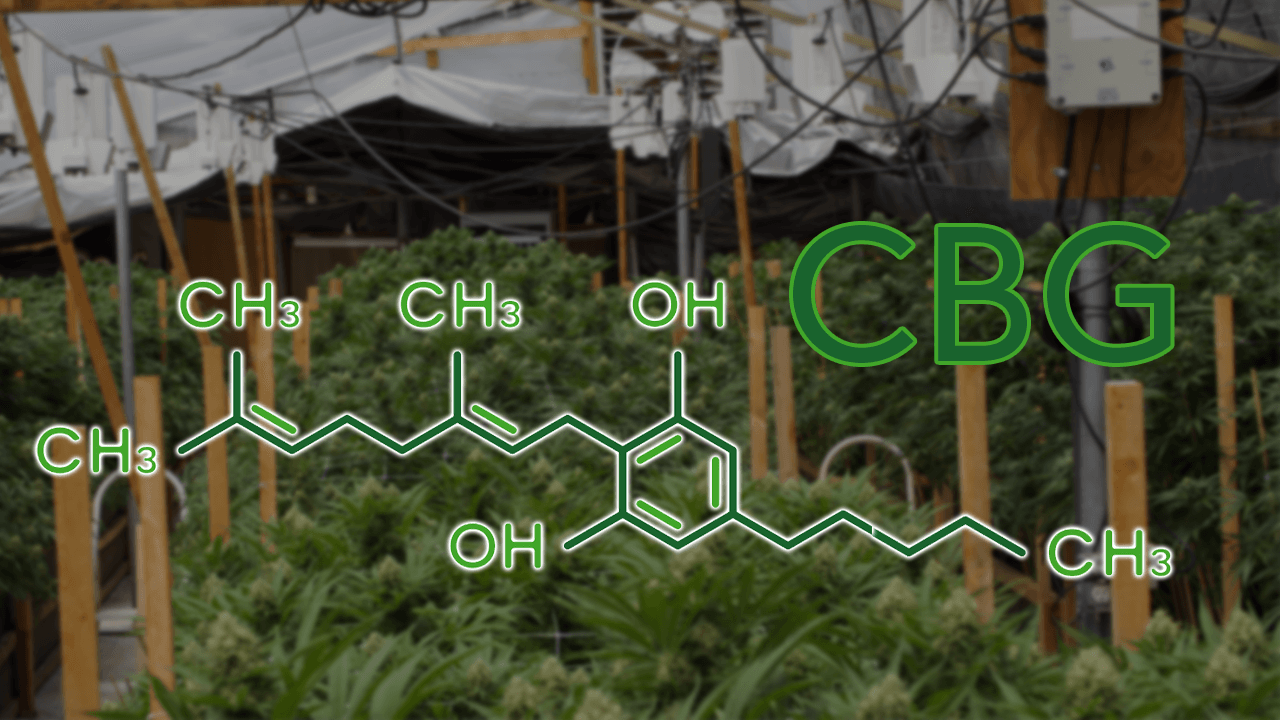
What is CBG? Cannabigerol and CBG Benefits

CBD was just the beginning of the cannabis cannabinoid craze.
THC and CBD have become the two most well known compounds known as “cannabinoids” in the cannabis plant. The majority of cannabis products contain THC with trace amounts of CBD, however 2020 was the Year of CBD.
After the federal legalization of industrial hemp in 2018, many jumped into the hemp market to try and make a profit. While your average hemp farmer did not see too much success and still struggled through 2020, CBD specific products slowly gained traction and exploded this past year.
From health and lifestyle influencers to medical professionals, just about everyone was recommending using CBD for something in your life. But there’s something a lot of people who have recently been introduced to the wonder of cannabis/hemp don’t know.
There are over 100 different cannabinoids in the cannabis plant.
Cannabis and Cannabinoids
So far, over 113 different cannabinoids have been isolated from the cannabis plant. It starts to make you wonder if it’s really just THC and CBD making cannabis so special. But what is really special, is how our brains and bodies were design to interact with cannabis and cannabinoids in a very specific way.
Prior to the 1980s, it was thought that cannabis just interacted with cell membranes throughout the body to produce its psychoactive effects. In the 80s the first cannabinoid receptor was discovered, putting that theory to rest. And it isn’t just us humans.
Cannabinoid receptors have been found in many mammals, birds, fish and reptiles. In the field of science, cannabinoid receptors are still relatively new, and so as of now there are two known types of receptors. But there is already evidence that there are likely more.
While it would be information overload to throw every cannabinoid we know at the public at once, we are slowly learning more about the individual cannabinoids that make up the cannabis plant, and the different effects they have.
One of the latest cannabinoids gaining CBD-like attention in the cannabis and hemp community is Cannabigerol, also known as CBG.
What is CBG?
Cannabigerol or CBG, is a cannabinoid just like CBD (Cannabidiol). Both are non-psychoactive, and found more commonly in low-THC, high-CBD varieties. In other words, CBG and CBD are both more prevalent in hemp than psychoactive cannabis.
CBG is the decarboxylated form of cannabigerolic acid, the parent molecule from which other cannabinoids are synthesized. Due to this, during plant growth most CBG is converted into other cannabinoids, primarily THC or CBD, leaving about 1% cannabigerol in the plant. With the rise of hemp, strains with higher percentages of CBG have become more prevalent.
And with it’s potential benefits, it is not hard to see CBG making its way into psychoactive cannabis breeding circles to create high-THC, high-CBG strains in the future.
CBG Benefits
While research is still very limited on CBG due to its newfound interest in 2020, there are some studies that have shown CBG can help with Glaucoma, Cancer, Crohn’s Disease and Irritable Bowel Syndrome. There is currently not enough data to determine the best means of consumption, be it smokable flower or extract.
However like CBD, CBG will most likely be most effective in its extracted form and converted into various products like creams, ointments, tinctures or edibles. Because CBG is also non-psychoactive, the consumer does not need to worry about an actual “high” from consuming Cannabigerol products.
But we are also learning more about how all of the various cannabinoids in cannabis work together to create what’s known as the “Entourage Effect”. So while we may know how we react to a 50/50 THC/CBD strain thanks to the latest cultivation innovations, we haven’t gotten to experience many CBG and THC rich cannabis strains.
With over one hundred other cannabinoids to consider as well, CBG is just one little piece in the massive puzzle that is cannabis.






